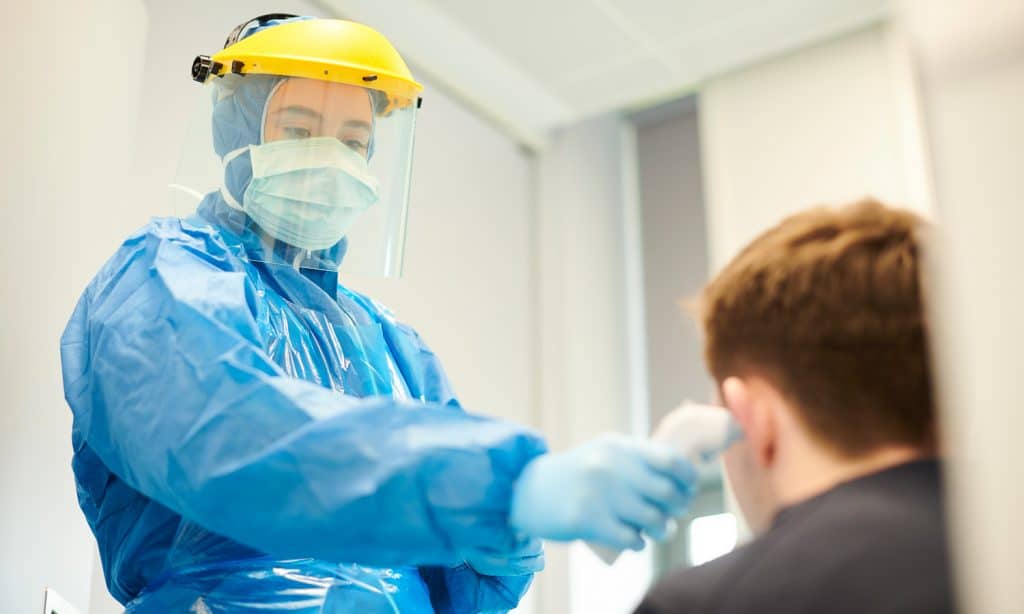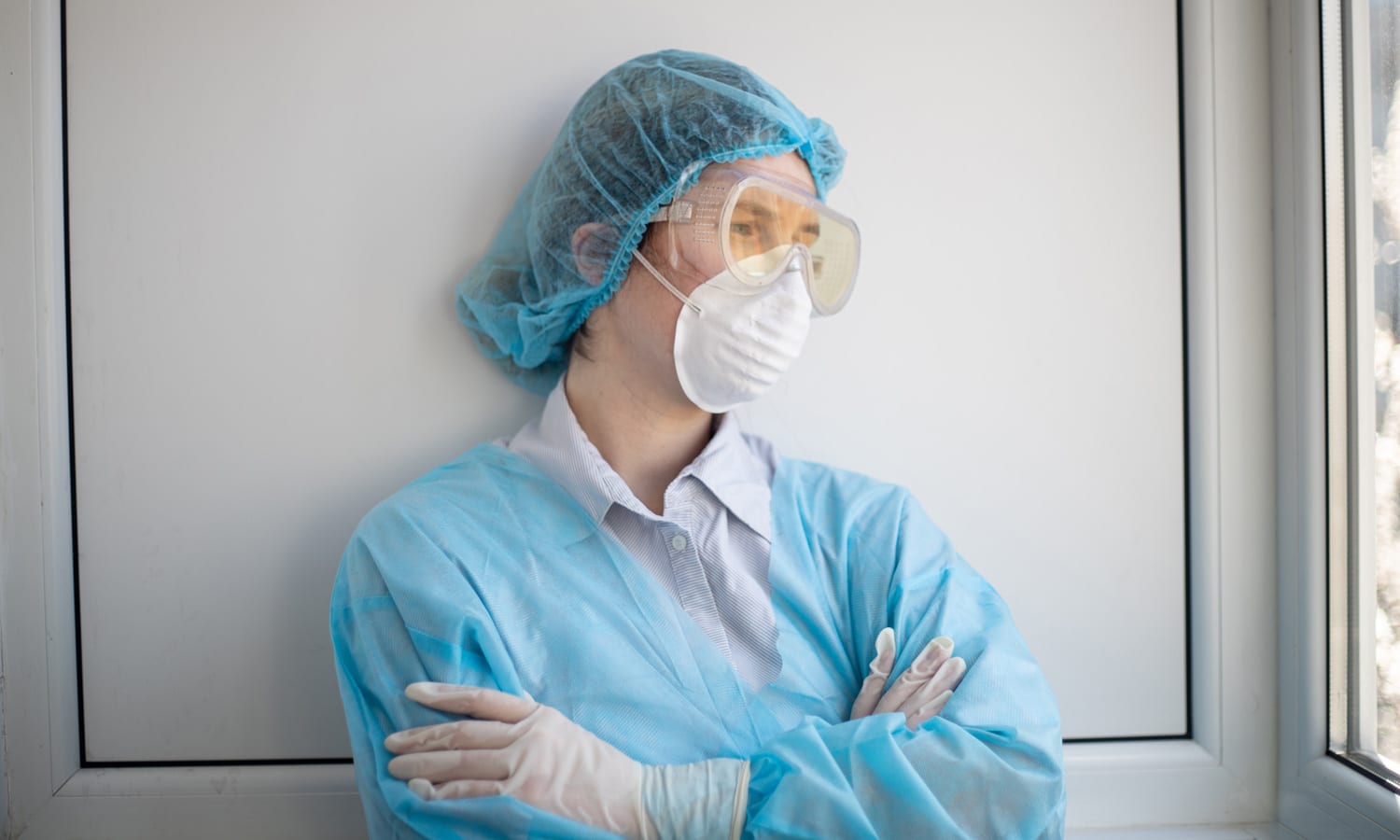Against the backdrop of the current pandemic — and the fear of another COVID-19 wave in future months — the availability of PPE has been affected at both ends of the supply chain.
With the rapid spread of COVID-19 and cases quickly spiraling into the tens and hundreds of thousands, there’s still an on-going need for personal protective equipment (PPE) in hospitals and clinics. This unprecedented set of situations, and the emergency rush to find needed equipment for the medical community, in the U.S., and at hot spots around the world, created a perfect storm of medical needs and lack of essential equipment.
The FDA has issued an Emergency Use Authorization (EUA) to reflect the marked shortages of PPE. The nature of the virus SARS-CoV-2 is the almost relentless spread of this virus between people, their contacts, and medical professionals. In this full body blow to the medical community, COVID-19 has demanded constant use of PPE, only some of which can be reused.
Against the backdrop of the current pandemic — and the fear of another COVID-19 wave in the future months — the availability of equipment and supplies has been affected at both ends of the supply chain. Equipment as varied as shields, protective foot gear, N-95 masks, etc., all suffered various shortages of different levels.
RELATED: The FDA Reissued Guidelines For PPE In Hospitals And Clinics
Looking at the state-by-state statistics of COVID-19, there is a constant rise and fall in many areas, both leading to demands on available equipment, as measured against available supply. The availability of PPE is also affected by many other issues, including manufacturing challenges, and the logistics of delivering supplies where they are needed, when most of the U.S. is under quarantine restrictions.

Against the backdrop of the empty streets of quarantine, the challenge was the demand for the PPE equipment coming from all sort of disparate sources like private corporations, Police and fire, manufacturing facilities, hospital networks and medical agencies, non-governmental organizations, plus state and local agencies.
RELATED: Decontaminating Personal Protective Equipment: Here Are The New Rules
This blizzard of requests from throughout the country, was met by a limited, finite supply of PPE. The existing inventory, and the logistics to create and deliver PPE equipment to where it was needed was hampered by the lockdown of the quarantine situation.
The EUA functions as a fast track process for both equipment and treatment, in times of health crisis. Rather than the traditional regulatory and approval process which could last months, the EUA is one technique used as specific countermeasures against chemical, biological radiological, nuclear (CBRN) defense situations.


